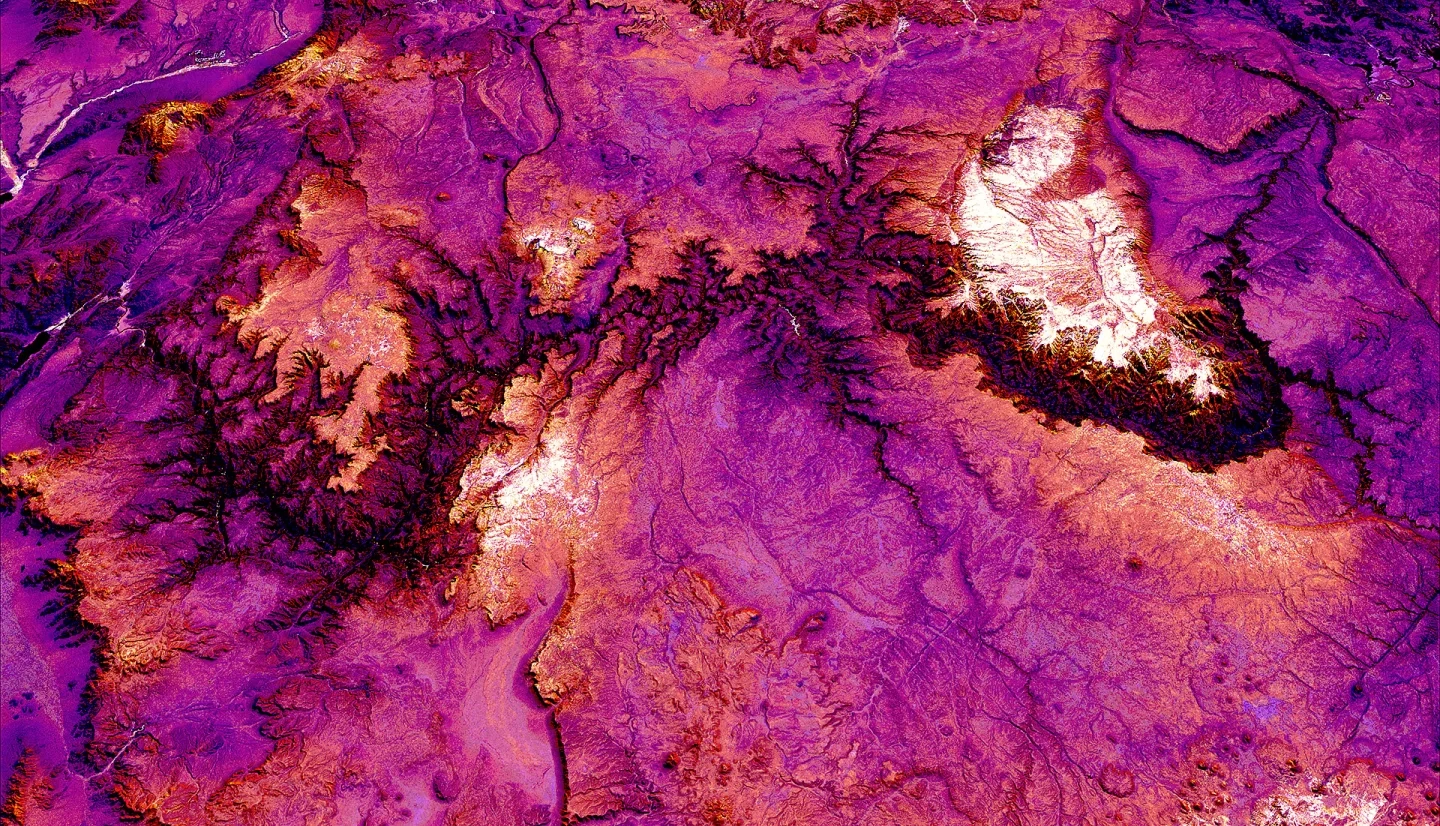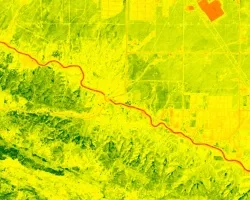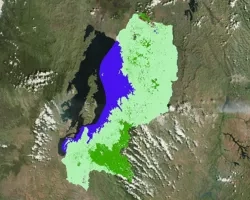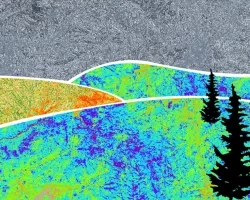Grand Canyon Ecological Forecasting (Spring 2022)
Team: Scarlet Jackson (Project Lead), Michael Hitchner, Joe Miotke, Miriam Ritchie
Summary: Significant die-offs of the drought-tolerant species Utah juniper (Juniperus osteosperma) and one-seeded juniper (Juniperus monosperma) have been observed throughout central and northern Arizona, including Grand Canyon National Park (GCNP). As climate models project rising temperatures and continuous drought, land managers are concerned for the future of juniper in and around GCNP. This project incorporated data from Landsat 8 Operational Land Imager (OLI), the Shuttle Radar Topography Mission (SRTM), and ocular samples of the National Agriculture Imagery Program (NAIP) in a random forest model to identify patterns between characteristics of the landscape and locations of juniper woodland mortality and to model areas subject to vulnerability. This study found no significant correlation between ocularly sampled juniper tree mortality and remotely sensed environmental variables used thus, accurately modeling mortality vulnerability in the future was not feasible. The ocular sampling, however, allows the partners at the GCNP’s Science & Resource Management Division to better understand areas of juniper tree woodland mortality and the relative amount of mortality in the park. Additionally, the areas of juniper tree mortality found in this project provide the partners with guidance for future field sampling.



